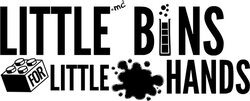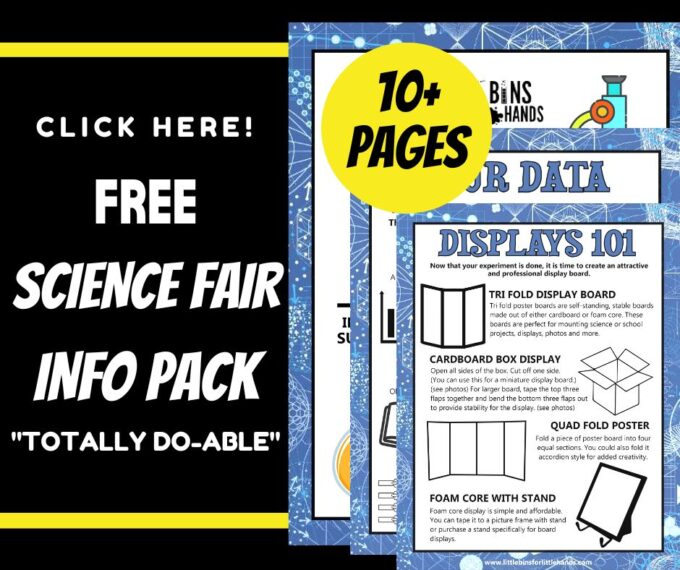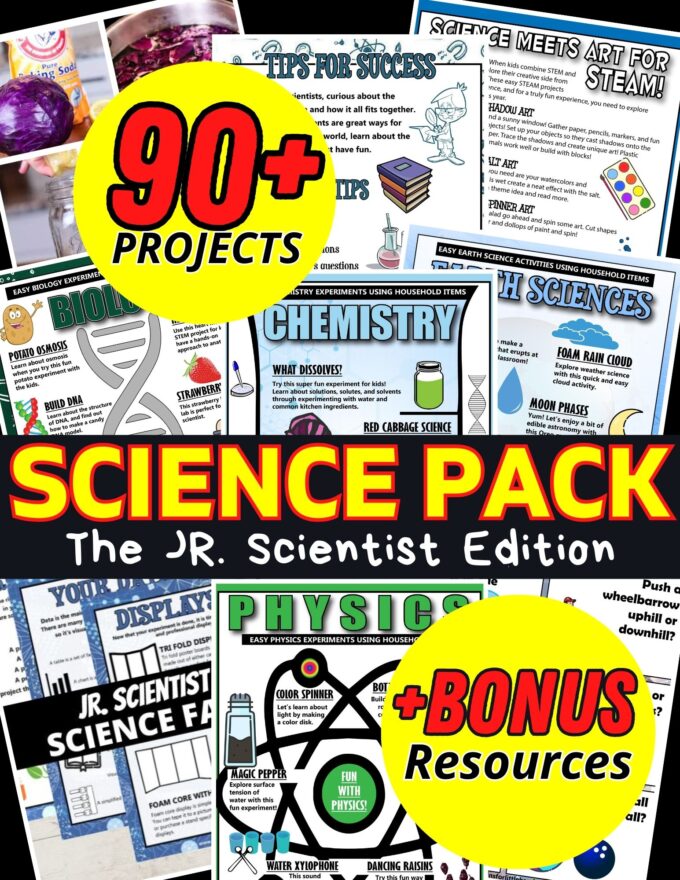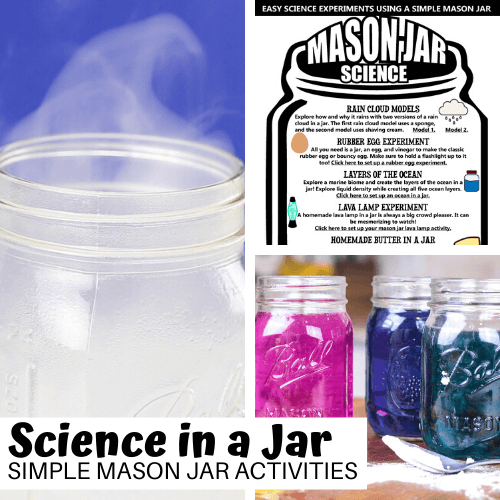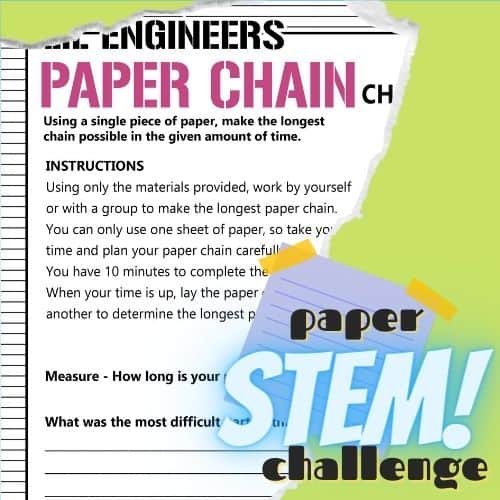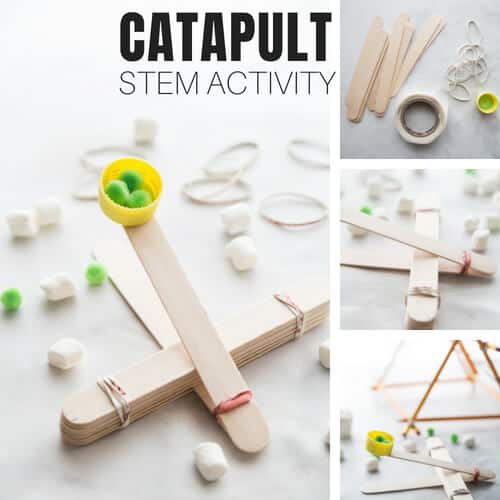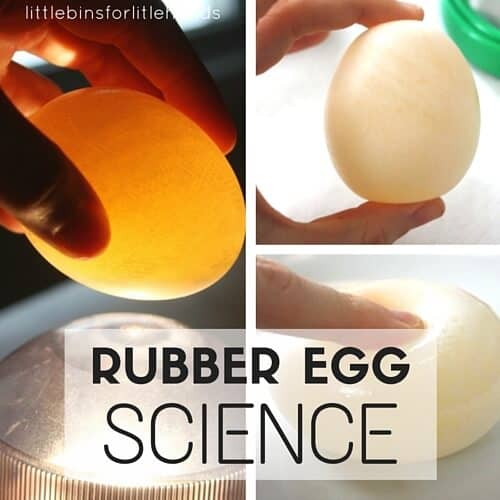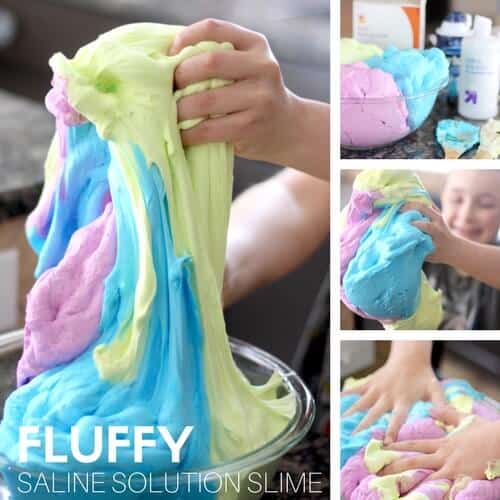It’s that time of year again – science fair projects! No need to break into a sweat or stress out at the thought of it. Instead, get our free printable science fair project pack below that will make putting together a science project a lot more simple. Find out what a science fair board is, what to include on it, and tips for how to set it up. We love to make science learning fun and easy for everyone!
HOW TO SET UP A SCIENCE FAIR PROJECT BOARD
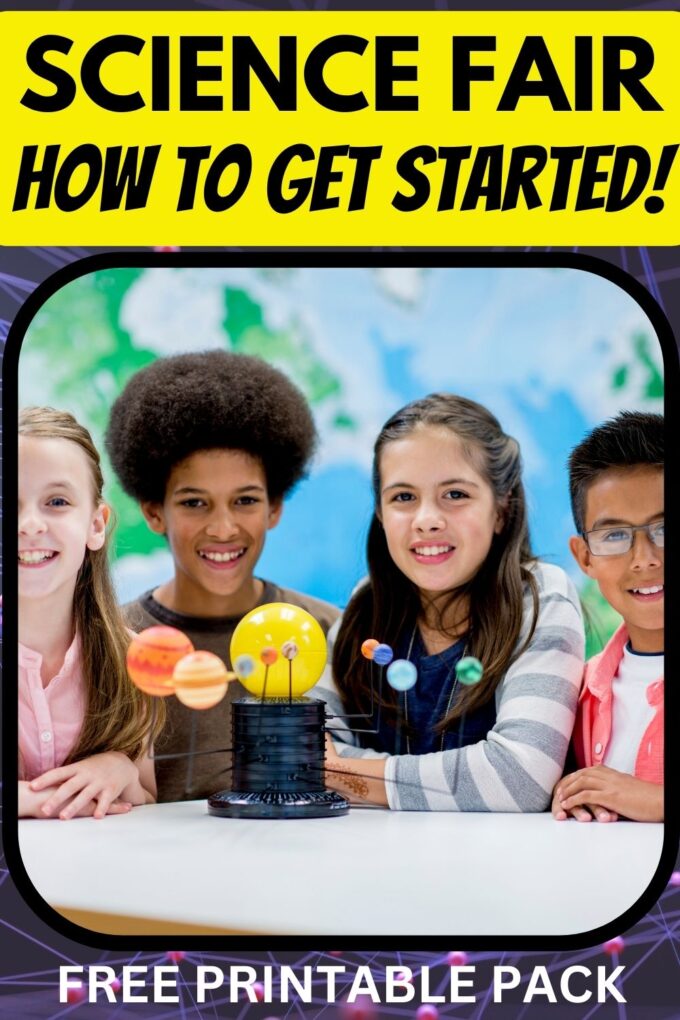
WHAT IS A SCIENCE FAIR BOARD
A science fair board is a visual overview of your science project. Its purpose is to communicate the problem or question of your science fair project, what you did, and what results you got. (Learn more about the scientific method for kids). It also helps if it is visually appealing, easy to read, and organized.
Want to learn more about how to get started with a science fair project? See our tips from a teacher!
TIP: Allow your child to create the presentation board themselves! You can provide the materials needed (paper, markers, double-sided tape, glue stick, etc.) and help them plan out the visuals, but then let them have a go at it!
It is so much more important for them to do their own work than having a science board that looks perfect. Remember, a child’s project should look like exactly that; a child’s project.
WHAT DO YOU NEED TO PUT ON A SCIENCE FAIR PROJECT BOARD
Ok, you have come up with your science project idea, carried out an experiment and now it is time to create the presentation board.
Data really is the main focus of your science project and there are many ways to collect and display this information so it’s visually interesting for the judges and viewers.
Here are several ways you can display your data on your science fair board…
- Table – a set of facts or figures displayed in rows and columns.
- Chart – a graphical representation of data.
- Notes – brief records of facts, topics, or thoughts.
- Observations – what you notice happening through your senses or with science tools.
- Logbook – an official recording of events over a period of time.
- Photos – visual recordings of your results or processes.
- Diagrams – a simplified drawing showing the appearance or structure of something.
Click here to get our science fair project pack for more ideas on what to put on the board.
SCIENCE FAIR BOARD LAYOUTS
Here are a few different science fair boards you could choose from. A science fair board doesn’t have to be expensive or time-consuming to create. Our printable science fair project pack below has more layout ideas in it!
Tri-Fold Board
Tri-fold poster boards are self-standing, stable boards made out of either cardboard or foam core. These boards are perfect for mounting science or school projects, displays, photos, and more.
Cardboard Box Display
Open all sides of the cardboard box. Cut off one side. (You can use this for a miniature display board.) For a larger board, tape the top three flaps together and bend the bottom three flaps out to provide stability for the display.
Quad Fold Poster
Fold a piece of poster board into four equal sections. You could also fold it accordion style for added creativity.
Foam Board With Stand
A foam core display board is simple and affordable. You can tape it to a picture frame with stand
or purchase a stand specifically for board displays.
—> Looking for the top 10 science fair project ideas? Check out these easy science fair projects!
TIPS FOR SETTING UP YOUR SCIENCE FAIR BOARD
1. Try and keep your science board simple and not too cluttered. Keep the focus on your experiment.
2. Treat the center panel of the tri-fold board as center stage. This is where the story of the experiment or investigation should be.
3. Attach papers and pictures with glue sticks, tape, or rubber cement.
4. Design simple labels that are easy to read. You can use our printable templates in our free science fair pack below or create your own.
5. Photographs, charts, graphs, and drawings are good display tools: they help your audience understand your research and are eye-catching aids for your display.
6. To add some eye-catching accents, use colored paper. Center your papers and photos onto the colored cardstock. Make sure the colored paper is slightly larger so it frames your work.
7. Put all your notes in a folder to display in front of your board. Judges like to see the work you did to get to the final results.
CLICK HERE TO GET YOUR SCIENCE FAIR PROJECT PACK!
SCIENCE FAIR PROJECT IDEAS
Looking for easy science fair project ideas? Start with one of these fun science projects.
- Magic Milk
- Egg In Vinegar
- Melting Ice Cubes
- Egg Drop
- Sugar Crystallization
- Color Changing Flowers
- Bubbles
- Pop Rocks
Printable Science Projects Pack
Includes an expanded Science Fair pack with experiments to try.
If you’re looking to grab all of our printable science projects in one convenient place plus exclusive worksheets and bonuses like a STEAM Project pack, our Science Project Pack is what you need! Over 300+ Pages!
- 90+ classic science activities with journal pages, supply lists, set up and process, and science information. NEW! Activity-specific observation pages!
- Best science practices posters and our original science method process folders for extra alternatives!
- Be a Collector activities pack introduces kids to the world of making collections through the eyes of a scientist. What will they collect first?
- Know the Words Science vocabulary pack includes flashcards, crosswords, and word searches that illuminate keywords in the experiments!
- My science journal writing prompts explore what it means to be a scientist!!
- Bonus STEAM Project Pack: Art meets science with doable projects!
- Bonus Quick Grab Packs for Biology, Earth Science, Chemistry, and Physics
